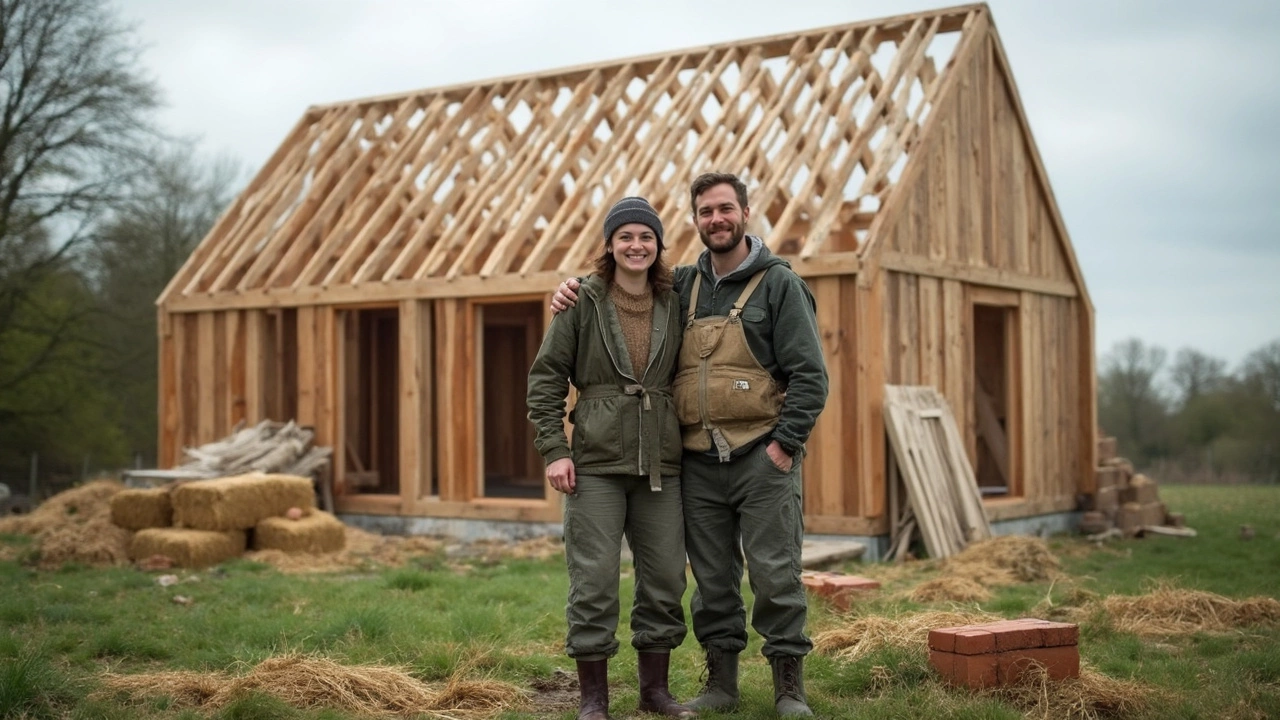Building a house on a tight budget isn’t just possible—it’s happening every day. This article cuts through the hype and myths to lay out the cheapest ways to build a new home, from basic construction methods to clever cost-saving tricks. Discover real-world examples, compare material choices, and find out which corners you can cut safely. Get tips you can actually use, not just theory. Jump in and see how much you could really save.
Cheapest Building Method: How to Build Strong on a Small Budget
Want to put up a wall, shed, or even a tiny house without breaking the bank? The secret isn’t a magic product – it’s picking the right building method and keeping waste to a minimum. Below are the most affordable approaches you can start using today, plus practical tips to stretch every dollar.
Earthbag and Cob: Nature’s Low‑Cost Walls
Earthbag construction uses polypropylene bags filled with sand, gravel, or even recycled glass. The bags are stacked like bricks, then covered with plaster. Materials cost almost nothing if you have local fill, and the method needs only a shovel, a tamping tool, and a few basic safety gloves. Cob is similar – you mix clay, sand, and straw on site, shape it by hand, and let it cure. Both techniques create thick, thermally massive walls that last decades when protected from water.
Simple Timber Frame and Prefab Panels
If you prefer wood, a simple timber frame can be the cheapest route. Use standard 2x4 or 2x6 studs, cut them to size, and nail them together. For larger projects, consider buying pre‑cut wall panels from a local supplier – they’re often cheaper than hiring a full‑service builder because you do the assembly yourself. Stick to locally sourced softwood; it’s lighter, cheaper, and easy to work with using a circular saw and a drill.
Here’s a quick checklist to keep costs down:
- Design a rectangular footprint – circles and odd angles waste material.
- Keep roof pitch low; steep roofs need extra trusses and shingles.
- Standardize room sizes so you can reuse the same window and door sizes.
- Buy materials in bulk or look for surplus pallets, off‑cuts, and reclaimed lumber.
When you order lumber, ask for “construction grade” rather than “premium grade.” It’s still strong enough for most residential projects but comes at a fraction of the price.
Another cheap method is using insulated concrete forms (ICFs). The forms act as both the wall mold and insulation, so you skip a separate insulation step. While the initial cost of the foam blocks can be higher than plain concrete, the reduced labor and energy savings often make ICFs the most economical choice over the life of the building.
Don’t forget about the foundation – a simple rubble trench or a shallow concrete slab saves time and money compared with a deep basement. Lay a layer of crushed stone, compact it, then pour a thin slab of concrete with a vapor barrier underneath. This works well for small structures and eliminates expensive excavation.
Finally, always plan for waste reduction. Measure twice, cut once. Use a digital layout app to visualise cuts before you start, and label every piece so crew members know where it belongs. The less you throw away, the lower your total cost.
Bottom line: the cheapest building method is the one that matches your skills, uses locally available materials, and avoids unnecessary complexity. Pick earthbag, cob, simple timber frame, or prefabricated panels, and follow the practical tips above to keep your project lean and strong.
